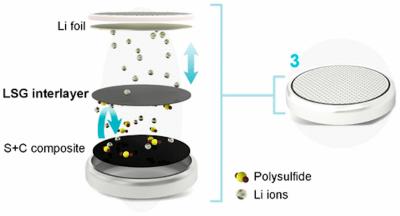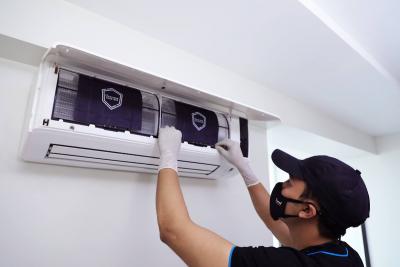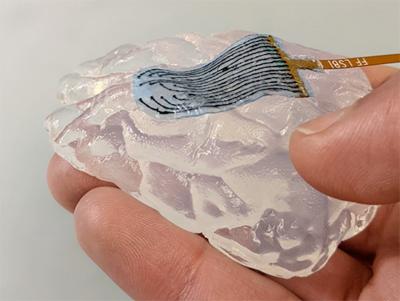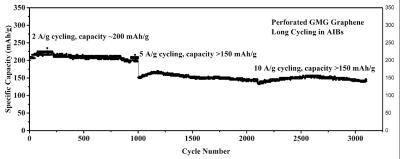Researchers develop a new method for quick and efficient synthesis of nanographenes
A research team at Nagoya University in Japan has developed a new technique for synthesizing nanographenes, remarkable materials with a vast number of potential structures that can even exhibit electric and magnetic characteristics beyond those of graphene.
Since each nanographene exhibits different physical characteristics, the key to applied nanographene study is to determine the relationship between the structure and characteristics of as many nanographenes as possible.




